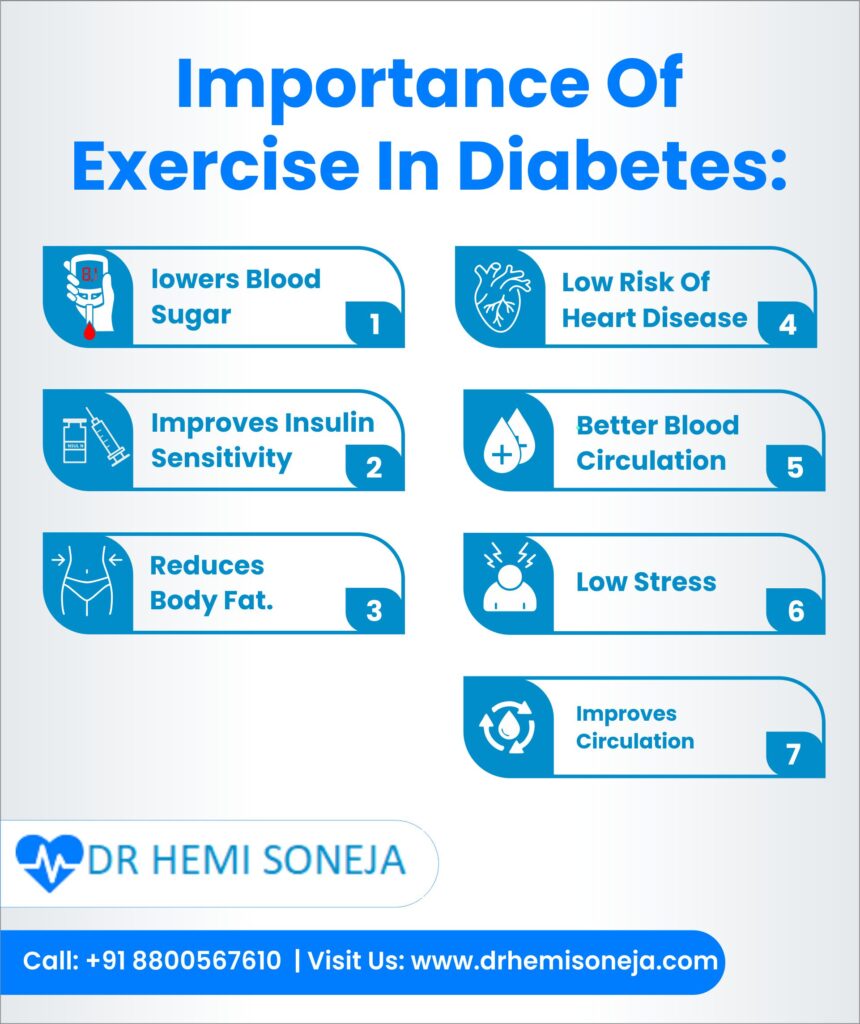Did you know the incidence of obesity and overweight people in India is well above 40.3%? These statistics can be alarming as obesity or being overweight is the root cause of many metabolic disorders, including diabetes, heart ailments, kidney disorders, hormonal changes, and many others.
The buck does not stop here. Obesity is commonly attributed to the urban sector and is more prevalent among people who indulge in less physical activity. According to statistics, a large percentage of the population leads a sedentary lifestyle, and less than 10% of the urban sections are engaged in regular physical activities.
There is a prominent need to understand that physical activities and regular exercise can stem the twin epidemics- Diabetes and Obesity. This article takes you through a story of an inspirational athlete who has prioritised exercising while relaxing the body to create Guinness records despite having caudal regression syndrome.
1. Exercises are requisite for a healthy life.
Zion Clark is a successful wrestler and record-holding athlete. Zion recently released a book, “Zion Unmatched,” which mentioned his struggle with caudal regression syndrome- born with no lower limbs that affect nearly 1-2 among 1,00,000 people. This rare condition may have crippled his lower body while he gained tremendous upper body strength through constant and regular exercise. He pushes himself to set new targets and now is a successful wrestler and a motivator.
While he believes that exercising is a must to have physical and mental stability in life, he also values recovery as much as physical training- “Recovery is where your muscles grow and respond to the workout you did,” and “You don’t have to train seven days a week to see results, ensure you are allowing time for your body to recover and rest so you can perform at your best.”
Exercises can recoup your mind and body to a new level. Zion inspires many athletes and non-athletes who lack adequate physical activity to combat metabolic syndromes. It is not your physical disability that is a hurdle, but the lack of focus and goal to exercise and be physically fit.
Diabetes is a condition where the glucose metabolism has been altered, causing high blood glucose levels due to less or low availability of insulin. Sometimes, cells do not recognise insulin leading to insulin resistance and diabetes. India has been touted as the “diabetes capital of the world,” with the highest number of diabetes cases diagnosed here. Nonetheless, the ideal way to manage diabetes while maintaining optimum blood glucose levels is through diet, insulin therapy, and exercise.
People who follow a healthy diet and exercise routine can have normal blood sugar levels, whereas medications can also be reduced within 3 to 6 months of a regular exercise regime. And so, exercise is imperative for people with diabetes.
However, people with diabetes must be cautious while working out, as too many intense workouts can lead to hypoglycemic conditions or low blood sugar levels.
If you are in Delhi, connect with Dr. Hemi Soneja, the diabetic specialist in Delhi, to understand better how to exercise and how much to exercise for people with diabetes.
3. What kind of exercises can people with diabetes do?
Here is a list of exercises recommended for people with diabetes.
Stationary cycling
Stationary cycling is a non-impact workout highly recommended for diabetics or people who wish to start their exercise routine.
Walking
Regular walking on the treadmill or outside is safe, a low-intense exercise that can help control blood sugar levels.
Strength training
Diabetes often causes the muscles in the body to become resistant to insulin and can impede insulin uptake and glucose metabolism, causing obesity. Strength training improves insulin sensitivity and also helps burn calories. Strength exercises include squats, push-ups, lunges, and weight lifting. However, strength exercises are required to be done with proper training and know-how.
Flexible workouts
People with diabetes often lose the sensitivity of the lower body (foot neuropathy), causing higher chances of falling or tripping. Sometimes, they even lose their body balance. Flexibility exercises address such issues of foot neuropathy with bending and stretching of lower body muscles.
Yoga
India is the “Yoga Capital of the world.” Yoga can heal many illnesses, and for diabetes, yoga is of immense benefit as it helps stabilise insulin levels in the body. The yoga asanas significantly heal the internal body’s cells and organs to create a hormonal balance from within. Marichyasana, Ardha Matsyendrasana and Halasana are some of the best yoga asanas for diabetics.

4. Things to keep in mind while exercising
Be it diabetics or non-diabetics, exercising is quintessential to maintaining a healthy life. Here are certain things to keep in mind while exercising, especially for people beginning their exercise regime or having diabetes.
- Always start with low-intensity exercises like walking, stationary cycling, and flexible exercising.
- Do not indulge in high-intense workouts from the beginning. It is essential to take baby steps in exercising and progress from slow to moderate to high-intensity training.
- Have a physical trainer and take recommendations from the doctor on how and how much to exercise.
- Start your exercises every day with a proper warm-up and relaxing routine.
- Do not make sudden body changes while switching exercises or changing body positions.
- People with diabetes need to check their blood sugar levels before and after workouts.
- Have some snacks (combination of carbohydrates and protein) like granola bars and bananas at least half an hour before and after workouts to avoid hypoglycemia (low blood sugar levels).
- If you experience signs of low blood sugar levels- increased sweating, shivering, breathlessness, imbalance, and lack of body coordination, refrain from exercising immediately and have foods with fast-acting sugars.
5. Frequently Asked Questions
How does exercising affect diabetes?
An active lifestyle and regular exercising make the body cells sensitive to insulin. The cells can uptake insulin and utilise the blood glucose for energy. Thus, it can help control and manage diabetes.
Can diabetes be cured by exercise?
Conditions like Type 2 diabetes- characterised by low insulin production, can be reversed with a healthy diet and exercise routine, says a new study by the Centres for Disease Control and Prevention (CDC).
What are the benefits of daily exercising?
The Health benefits of exercising every day include:
- It helps maintain a healthy weight,
- Reduces the risk of heart problems, cancers, and other chronic conditions,
- It helps control blood sugar levels and promotes insulin sensitivity,
- Improves mental and psychological well-being,
- Sharpens thinking, learning, and judging skills,
- Strengthens muscles and bones,
- Improves sleep quality, sexual health, and quality of life
6. Take Away
Physical activity, exercise, and its prime health benefits can act as a game changer while improving physical and mental health. Zion Clark stands as an example and inspiration to many, showing how pivotal exercise can improve the quality of life.
Even for people with diabetes, exercise is a must to manage their blood glucose levels with diet and medication. And it is a proven fact that proper and regular exercise, in the long run, can reverse diabetes.
Your diabetic specialist, Dr. Hemi Soneja, treats diabetes with medications and guides you with a proper exercise regime to be followed while trying to overcome diabetes.



